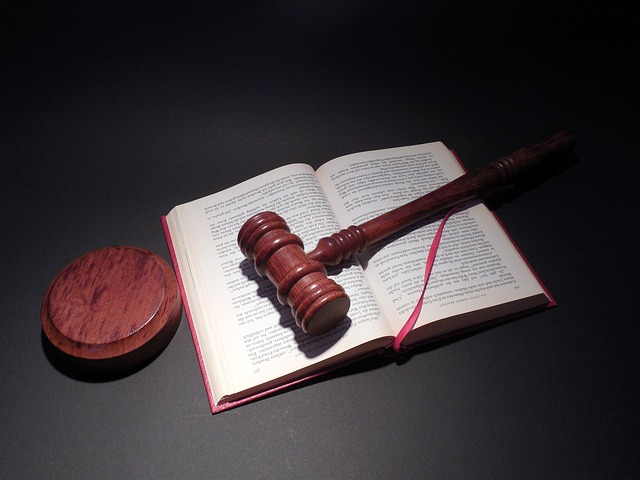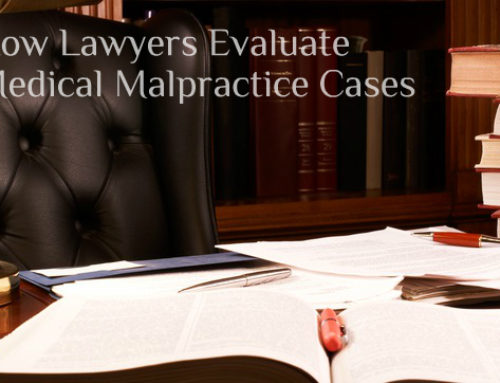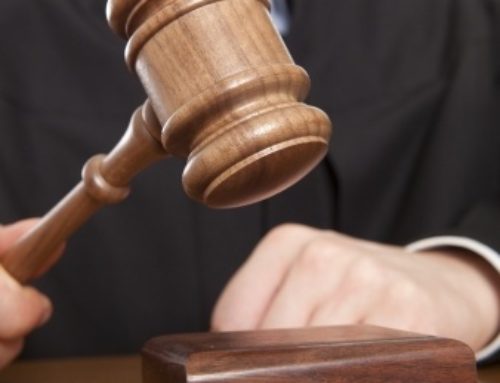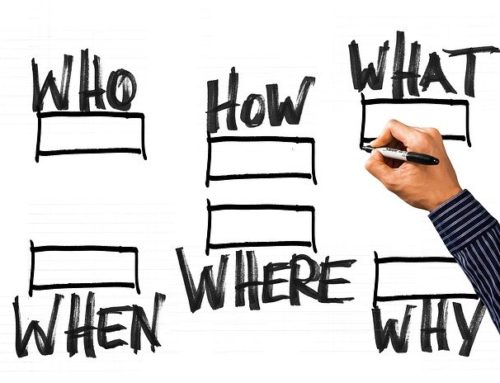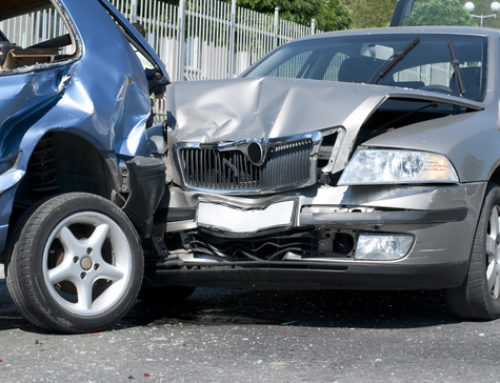While it’s true that a personal injury case hinges on establishing liability, it isn’t the only deciding factor in valuing your case. It is also important to know to what extent each party played a part in the accident.
Damages reflect a burden placed on a liable party. These damages are meant to both make the grieved party whole (compensatory) and to make a party think twice about allowing the situation again (punitive).
Courts govern these two types of damages differently in both the limits they reach and how they are split. Appeals target one or the other with punitive damages seeing many more appeals than compensatory damages.
Compensatory Damages
The term ‘compensation’ when used by an attorney refers to all damages, despite the similarity of terms.
Compensatory damages represent the Court’s good will to see a person made whole. This terminology is used as the desire is to place the injured party back where they started as if nothing happened.
Of course, not all injuries are simply a matter of time or money and some losses cannot be restored. Courts further break down compensatory damages into two groups: special and general damages.
Under special damages the court calculates the expenses a victim undergoes to recover from an accident and items such as property destruction, lost wages, and court costs.
General damages, on the other hand, are difficult mattes that try to account for unseen variables within an accident. Emotional distress, disfigurement, and pain and suffering are often covered under this heading.
As general damages are speculative in nature, the number various more widely.
Punitive Damages
It doesn’t serve the court or society to simply make people whole (especially since that is not always possible). Punitive damages seek to punish a liable party, cutting them deeply enough to make repeating the action detrimental.
Whenever you hear of a multi-million dollar settlement, the bulk of that is likely punitive damages.
Punitive damage amounts vary widely and are a product of what it will take to make a liable party notice the amount, the number of people injured, the level of negligence that created the issue, and other metrics.
Attorneys ask for punitive damages in roughly 12% of cases, with over 30% of civil trials awarding some amount to a prevailing plaintiff.
Though punitive damages show up in cases against corporations, they also find use against individuals. When a person engages in reckless behavior such as distracted or drunk driving, punitive damages appear in cases.
Punitive damages see appeals in nearly half of trials but are upheld about one third of the time. Technicalities and complaints about overreach or undue harm are often reasons for overturned decisions.
Start a Dialog
Understanding the types of damage helps you to grasp the intricacies of a personal injury case. Even when punitive damages are applied, the intent is to establish a balance for the situation.
If you’ve been injured and are worried about pursuing a case, contact us to learn what to do next. We’re here to help.


